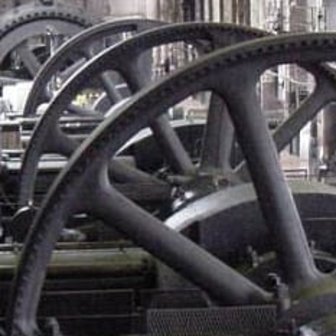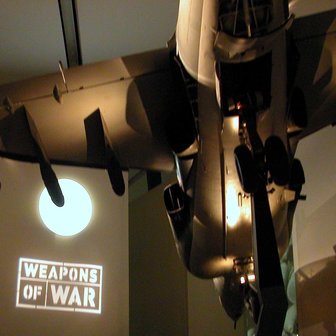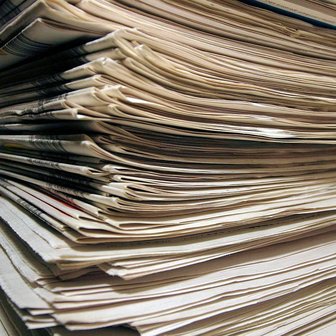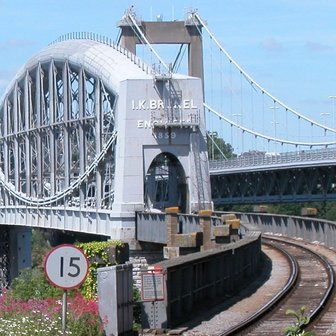EUROPEAN THEME ROUTES ILLUSTRATE THE CONNECTIONS
Currently ERIH presents over 2,300 sites of all branches of industry from all countries, that are partly or entirely considered part of Europe from a political, cultural or geographical point of view. The database of sites is continuously being expanded. In addition to the attractive presentation of industrial history, a key selection criterion for inclusion to the database is the accessibility of the site for visitors: during the usual tourist season in summer the location should be open at least two days a week.
Each site of ERIH's object database is assigned to one or more Theme Routes which are structured according to industrial sectors. 16 Theme Routes (with 44 sub-categories) focus on specific questions relating to European industrial history and reveal - offen in connection with the biographies - potential links between radically different industrial monuments all over Europe. Such as "The treasures of the Earth": what, where, when and how were they extracted from the ground? Or "Textile manufacturing": what were the milestones along the way from fibre to factory? Or "Transport and Communication": retracing the tracks of the industrial revolution. The result is a "circuit diagram" showing the connections between the main themes of European industrial heritage.
In addition to the selection by industry, you can also list
- company museums and sites that offer factory tours and
- industrial heritage properties on UNESCO's World Heritage List.
As an introduction to each Theme Route, we present the history of the development of the respective industry.

Application of Power

From the Middle Ages until the late 19th century water and wind supplied the driving power for a huge variety of engines. Windmills dominated the flat lands.
more
Chemistry
The emergence of the chemical industry was triggered by the mechanisation of English textile production in the second half of the 18th century.
more
Communication

The final phase of industrialisation witnessed a revolution in communications: circulation figures for newspapers reached hitherto unknown heights, people were able to ...
more
Housing

The industrialisation caused a revolution in the construction of housing as a result of the grave deficit in decent housing caused by the thousands of workers ...
more
Industrial Architecture

The continuous improvement in the processing of iron and concrete during the Industrial Revolution opened up new and previously undreamt-of potentials for architects and engineers.
more
Industrial Landscapes

It was only around the end of the 19th century, with the second wave of industrialisation, that exposed mining tips and soot-ridden workshops, endless terraces of housing ...
more
Industry and War

The origins of gun powder can be traced to China. There the oldest recipe for mixing charcoal, salpeter and sulphur dates from the year 1044. In the Far East though ...
more
Iron and Steel

Two steps are needed to make iron and steel – the key materials of the industrial era - from iron ore. First, the ore has to be smelted in the blast furnace.
more
Mining

Coal from European and American collieries was the universal fuel during the Industrial Revolution. Nonetheless technical inventions in mining played a relatively insignificant role.
more
Paper

It all began in China. Comparatively early, the Chinese empire started to build up a large bureaucracy. This was probably why in the 2nd century BC the process of papermaking ...
more
Production & Manufacturing

Domestic handmade textile production was typical for the pre-industrial age. The father sat at the loom and the women of the family were responsible for spinning the yarn.
more
Salt

For thousands of years salt has been a very important material: it was not just used for seasoning, but was needed much more as a preservative. Before ice boxes, fridges and ...
more
Service and Leisure Industry

The Industrial Revolution resulted in more and more smokestacks shooting out of the ground and a huge increase in factories, coal mines and steelworks; villages merged ...
more
Textiles

The thousands of rattling bobbins on the spinning frames in cotton factories have become a byword for industrialisation. British cotton mills were indeed the forerunners.
more
Transport

During the early years of the Industrial Revolution there was a radical change in transportation. The arrival of pounding steamships and steam locomotives ...
more
Water

No European country has as close a relationship to water than the Netherlands. For this reason water construction technology developed here first. At the start ...
more
Xtra: Company Museums

Here you will find sites/museum, which are part of a company that is still active today and presents its history and products in a museum and/or offers factory tours.
more
Xtra: UNESCO World Heritage

Europe's industrial heritage is represented on the UNESCO World Heritage List by more than 40 sites. These are either individual sites or landscapes influenced by ...
more


